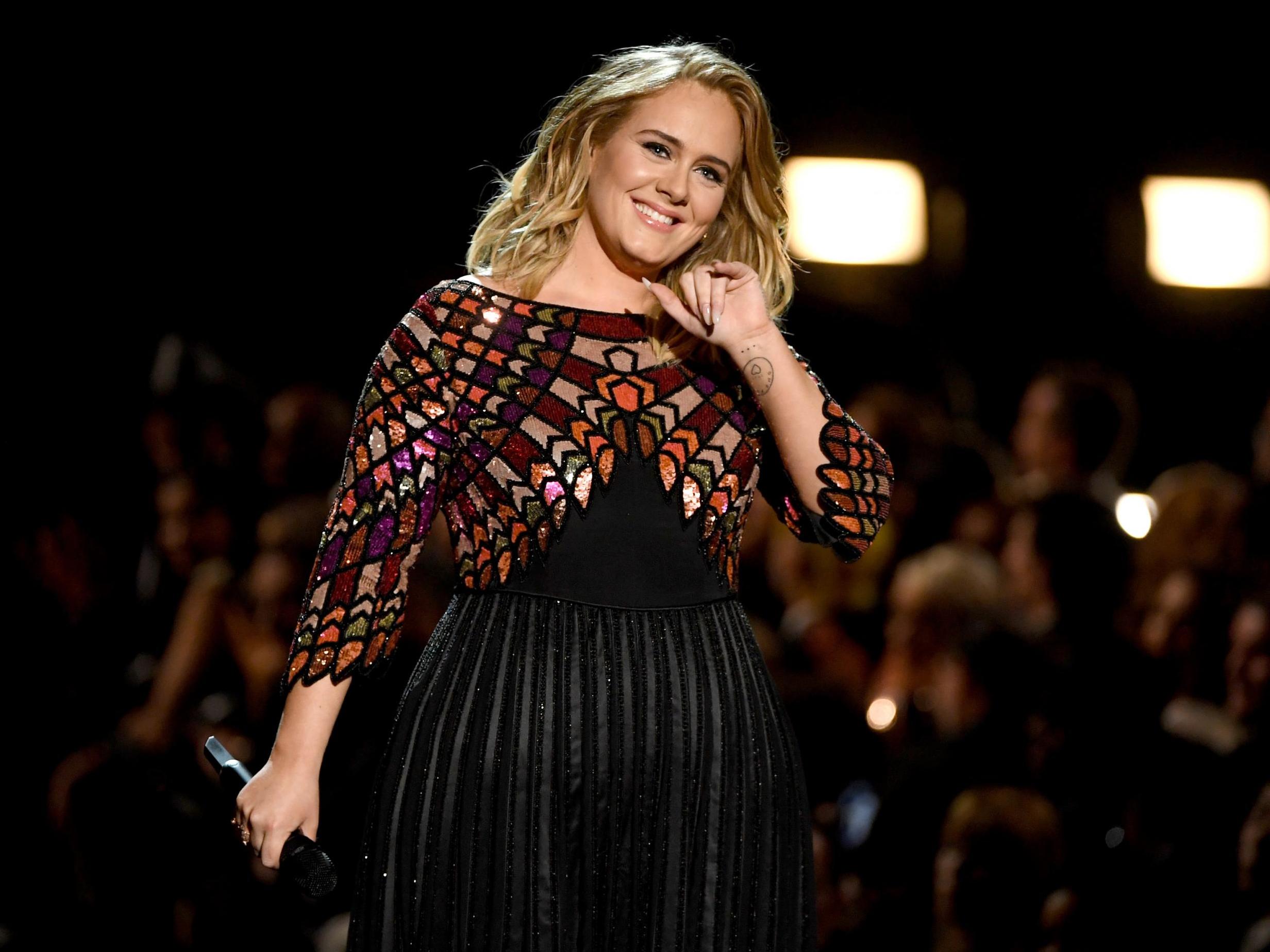No One Like You: Why Adele will always be unique
The Grammy winner is that rare artist who seems capable of sparking global conversation with little fanfare. Roisin O’Connor celebrates just a few of the reasons why we love her


“Hiya babes!”
It’s not exactly, “Hello, it’s me.” But still… Adele is officially “back” and, if the mysterious 30 logos popping up around the world are anything to go by, preparing to release her fourth studio album.
Adele doesn’t like to be rushed. She’s been sharp in response to fans nagging her about when she was returning with new music. “Of course not,” she said to one such fan last year. “Corona ain’t over. I’m quarantining. Wear a mask and be patient.”
But patience is not a virtue most contemporary music fans are familiar with. Thanks to social media, we live in a state of perpetual “content”, one in which the traditional “album” format has lost much of its relevance. Even Taylor Swift, an artist formerly renowned for her complex and drawn-out campaigns, dropped three records in less than a year with relatively little warning. There was Folklore, a finely woven collection of piano-based songs composed with Jack Antonoff and Aaron Dessner. Then came the autumn-themed Evermore, and, in April this year, a re-recorded version of her country pop album, Fearless. In doing so, she seemed to rebel against the prevalence of the artistic “era” – the way a new music project must be accompanied with a new look, a new sound, the prerequisite to catching the attention of an increasingly distracted audience.
Adele is that rare artist who seems capable of sparking global conversation with little to no fanfare. There’s no doubt that the cogs and wheels are all turning behind the scenes at Adele HQ; that TV spots and exclusive interviews and glossy magazine covers have all been debated and planned out with military precision. But none of this is out in the open, yet. She’s not a trend-chaser, either. Her albums show a respect for the artistry required to arrange a great pop song, and generally steer clear of overwrought embellishments and sly production tricks.
There’s something about women raised in north London. We’re bolshie, excel at pub chat, don’t suffer fools, and there’s a particular kind of laugh – Amy Winehouse had it, too – that seems to be a signature trait. It’s more of a full-throated cackle that throws your head right back. Even though Adele moved to Brighton, then Brixton, after the age of nine, that characteristic seemed to stick.
Both Adele and Ed Sheeran have been lumped into pejorative categories such as “the new boring”, implying their ordinariness is a driving factor behind their appeal and that the once-idolised sheen of pop had ceased to be aspirational. Perhaps this is truer for Sheeran, whose wardrobe has barely changed since he first appeared on the live music circuit, and whose first three albums stayed faithful to a relatable singer-songwriter style. But Adele, while more down to earth than an artist like, say, Madonna, has always been touched by glamour. Her successes – Grammy Awards, millions of albums sold – match those of Celine Dion, Whitney Houston, Barbra Streisand. What do these women have in common? A powerhouse, once-in-a-generation voice.
Adele’s voice is capable of tremendous athleticism. She may not possess the range or honeyed melisma of Mariah Carey or Ariana Grande, but her voice is so rich and moving that it can melt even the flintiest of hearts. She’s not the best songwriter, but she is a very good one. Her lyrics are often fragmented: snatches of thought or poignant observations about the seemingly every day. “He is a real lover/ And making up the past/ Feeling up his girl/ Like he's never felt a figure before,” she sings on “Daydreamer”, from 2008’s 19.

Her debut was all hazy, blue-eyed soul, and then she unveiled her vengeful side, on 2011’s 21. She was full of contempt on “Rumour Has It” and on the thunderous “Rolling in the Deep”, where she sang: “Think of me in the depths of your despair/ Make a home down there as mine sure won’t be shared.” By her 2015 follow-up, 25, she was still heartbroken, but also nostalgic, craving perspective and yearning for a more innocent time. You hear it in her superb breath control on “River Lea”, and in the dramatic way she hits that Bruno Mars-style key change on “All I Ask”. By this point, Adele had undergone vocal surgery, which she discovered added four notes to her upper range. As if she needed any more weapons in her arsenal.
Experts suggested at the time that, even with those additional four notes, this wouldn’t be the last time we saw Adele discovering new, previously hidden abilities within herself. “Her voice has developed, as all our voices develop and change, and for me it’s a case of continuing to feel comfortable and daring enough to show other aspects of her voice,” CeCe Sammy, one of the UK’s leading vocal coaches, told Vulture in 2015. “This is only the beginning of what we’ve heard from her.”
So, while her fourth album may not be the drum’n’bass record she joked about releasing in 2019 (another response to fan and media pressure), it’s pretty likely Adele has some surprises in store. Rumour has it, anyway.
Join our commenting forum
Join thought-provoking conversations, follow other Independent readers and see their replies
Comments


Bookmark popover
Removed from bookmarks